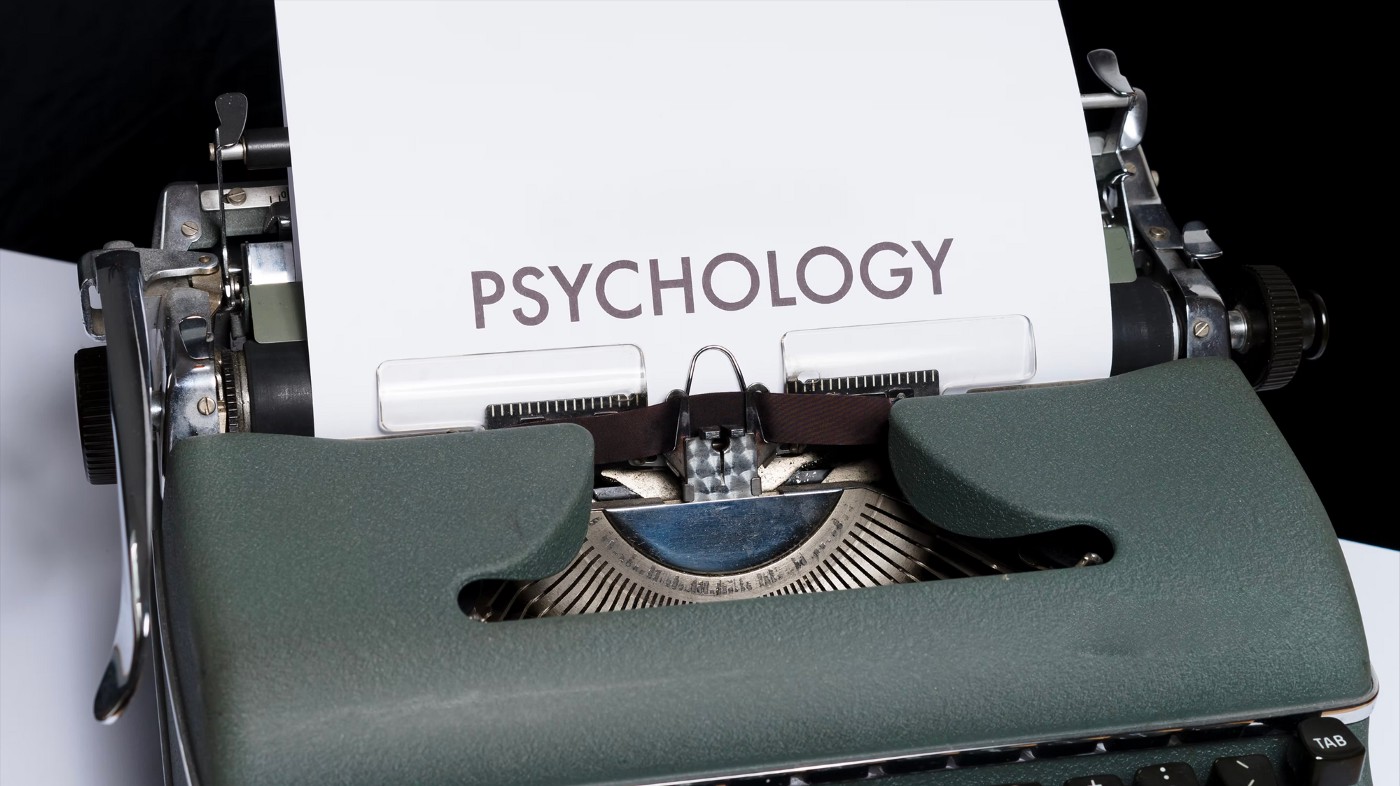
Understanding how people think and act is fundamental to designing effective user interfaces. Sadly, most designers ignore that cognitive psychology is the essence of how people interact, feel and process the information on a website.
In his article “What is Cognitive Psychology?” Bryn Farnsworth, Researcher in Neuroscience, gives the following definition for cognitive psychology:
“Cognitive psychology is the science of how we think. It’s concerned with our inner mental processes such as attention, perception, memory, action planning, and language. Each of these components are pivotal in forming who we are and how we behave.”–Bryn Farnsworth

The human brain uses two systems to process information.
In his book, “Think fast and slow”, Daniel Kahneman explains that people use two ways of thinking to process information: System 1 (Subconscious) and System 2 (Conscious).
Whenever we are awake, both systems are active; System 1 runs automatically and System 2 operates in a low effort mode in which only a fraction of its capacity is engaged. Daniel Kahneman argues that System 2 articulates judgement and makes choices, but often endorses or rationalizes ideas and feelings that were generated by System 1.
In sum, System 1 enables us to quickly identify the information relevant for a task or problem, and System 2 uses this input to execute or inhibit action. (e.g acting on a website).
Let’s have a closer look at these two systems and why they are important to consider when designing a website.

System 1 is fast, emotional, impulsive and operates automatically with little effort and no sense of voluntary control; It is where all our thoughts are controlled automatically—most of our behaviour is emotional and driven by System 1.
According to Therese Fessenden, UX Specialist, System 1 is fast at recognizing simple relationships or identifying familiar patterns on an interface. For example System 1 allows you to make instinctual decisions based on previous experience and mental models.
Also, System 1 is responsible for judging if a product is trustworthy or safe to use; that’s why a website should feel familiar to its users to feel safe and be easy to use.
Since System 1 is responsible for forming impressions and feelings that are the main sources of our beliefs and deliberate actions, a website must have refined aesthetics to convey trust and encourage people to act.
To understand better how System 1 works, let’s take the example of a user who lands on a website. In less than a millisecond, System 1 will be responsible for making hundreds of decisions and drawing conclusions such as:
- Did I land on the right website?
- Should I trust this website?
- Is it safe to proceed or should I avoid it?
- Does this website look familiar to me?
- Would I get spammed if I subscribe to this newsletter?
- I really like this design!
- …
Note that all these thoughts happen in a fraction of a second, before System 2 processes the information.
Yet in his book, Think Fast and Slow, Daniel Kahneman uses the expression “losses loom larger than gains” to explain that in people, the pain of losing is greater than the satisfaction of an equivalent gain.
In fact, you must be aware of this concept whenever you design a website since they often require the user to give up money when they buy a product/service or their personal data when they subscribe to a newsletter, for example.
Since System 1 fears loss, Paul Boag recommends that designers emphasize more benefits than features in their interfaces to help the users overcome their objections; another great example to help the users overcome their fear before investing in a product or service is to give them the possibility to try it for free before purchasing it.
